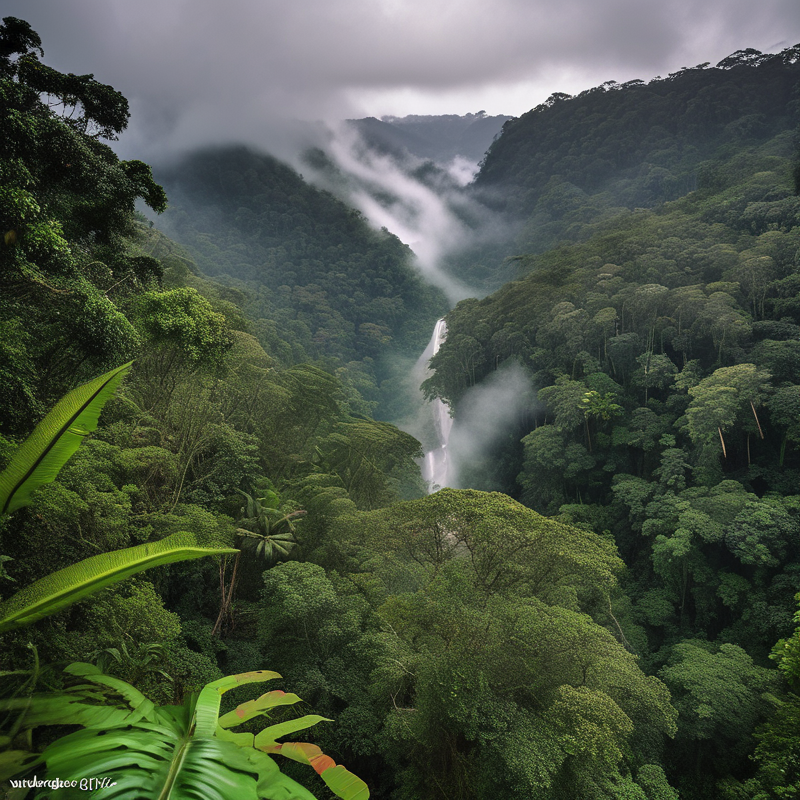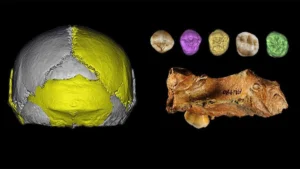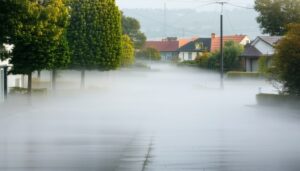Arabia’s Hidden Past: New Research Unveils a Verdant Legacy Beneath the Sands

The article is also available as video for barrier-free access to information!
In a groundbreaking study, scientists have revealed that the Arabian Peninsula, now characterized by its vast deserts, was once a lush, green oasis teeming with life. This discovery challenges long-held perceptions of the region’s climatic history and offers new insights into ancient human migrations.
A Green Arabia
Recent paleoenvironmental research indicates that during the Pleistocene epoch, particularly between 400,000 and 55,000 years ago, the Arabian Peninsula experienced periods of increased rainfall. These “Green Arabia” phases transformed the arid landscape into a hospitable environment with rivers, lakes, and abundant vegetation.
Dr. Ahmed Al-Najjar, a leading paleoecologist, explains, “Our findings suggest that monsoonal systems shifted northward during these periods, bringing substantial rainfall to the region. This would have supported diverse ecosystems and provided corridors for human and animal migrations.”
Implications for Human Migration
The revelation of a verdant Arabia has significant implications for understanding early human dispersals out of Africa. The green corridors would have facilitated the movement of Homo sapiens and other hominin species into Eurasia.
Archaeologist Dr. Lina Hassan notes, “The presence of freshwater sources and rich biodiversity would have made the Arabian Peninsula a crucial stepping stone for early humans venturing into new territories.”
Modern-Day Reflections
Today, remnants of this lush past can be seen in oases like Al-Ahsa in eastern Saudi Arabia. Recognized as a UNESCO World Heritage site, Al-Ahsa boasts over 2.5 million palm trees and a complex irrigation system fed by artesian springs, allowing agriculture to thrive in an otherwise desert environment.
Furthermore, initiatives like the Al Baydha Project aim to restore parts of the desert to their former green glory. By employing sustainable land management and ancient terrace farming techniques, the project has successfully reintroduced vegetation to degraded areas, demonstrating the potential for ecological restoration in arid regions.
A New Perspective on Arabia’s History
This research not only reshapes our understanding of the Arabian Peninsula’s environmental history but also underscores the dynamic nature of Earth’s climates. As Dr. Al-Najjar concludes, “Recognizing these ancient green periods challenges the notion of deserts as static landscapes. It reminds us of the ever-changing interplay between climate, geography, and life.”
The study serves as a testament to the resilience of nature and offers hope for future restoration efforts in desertified regions worldwide.







